Choosing the right siding for your Washington state home requires understanding the unique challenges of the Pacific Northwest climate.
From the coastal regions of Puget Sound to the drier eastern valleys, Washington’s diverse climate zones demand careful material selection to ensure long-term performance and value.
What is the Best Siding for Washington State?
The answer depends on your specific location within Washington, but several materials consistently perform well across the state’s varied climate zones:
Fiber Cement Siding: The Top Performer
Why Fiber Cement Excels in Washington: Fiber cement siding, particularly brands like James Hardie, represents the gold standard for Washington state homes. This engineered material combines cement, sand, and cellulose fibers to create a product that excels in the Pacific Northwest’s challenging conditions.
Key Advantages:
- Exceptional moisture resistance for western Washington’s wet climate
- Fire resistance crucial for areas prone to wildfire risk
- Pest resistance against carpenter ants and termites common in the region
- Superior dimensional stability during temperature fluctuations
- 30-50 year lifespan with proper installation and maintenance
Cedar Siding: The Regional Classic
Natural Choice for Washington: Western Red Cedar, harvested from Washington’s own forests, offers natural beauty and excellent performance when properly maintained. This traditional choice remains popular for both historic preservation and contemporary design.
Cedar Benefits:
- Natural insulation properties
- Naturally resistant to moisture and insects
- Distinctive Pacific Northwest aesthetic
- Sustainable when sourced locally
- Can last 20-30 years with proper maintenance
What is the Most Durable Siding for a House?
When evaluating durability in Washington’s climate, several factors determine long-term performance:
Durability Rankings for Washington State:
1. Fiber Cement (Hardie Board)
- Lifespan: 30-50 years
- Weather Resistance: Excellent
- Maintenance: Low to moderate
- Best For: All Washington climates
2. Cedar Siding
- Lifespan: 20-30 years
- Weather Resistance: Very good with maintenance
- Maintenance: Moderate to high
- Best For: Western Washington, wooded areas
3. Vinyl Siding
- Lifespan: 20-30 years
- Weather Resistance: Good
- Maintenance: Very low
- Best For: Eastern Washington, budget-conscious projects
4. Aluminum Siding
- Lifespan: 20-40 years
- Weather Resistance: Good
- Maintenance: Low
- Best For: Coastal areas with salt air exposure
Is it Better to Have Aluminum or Vinyl Siding?
For Washington state specifically, the choice between aluminum and vinyl depends on your location and priorities:
Aluminum Siding Advantages:
- Superior Fire Resistance: Critical for wildfire-prone areas
- Salt Air Resistance: Excellent for coastal properties
- Impact Resistance: Better performance in hail-prone regions
- Longevity: Typically outlasts vinyl in harsh conditions
- Recyclability: More environmentally sustainable end-of-life
Vinyl Siding Advantages:
- Cost Effectiveness: Significantly lower initial investment
- Energy Efficiency: Better insulation properties with foam backing
- Color Retention: Modern vinyl resists fading better than aluminum
- Installation Speed: Faster installation reduces labor costs
- Variety: More design options and colors available
Washington State Recommendation: For western Washington’s wet climate, aluminum edges ahead due to superior moisture handling and longevity. For eastern Washington’s drier conditions, quality vinyl siding provides excellent value.
Which is Better: Cedar or Vinyl Siding?
This comparison highlights a classic Pacific Northwest dilemma between natural beauty and practical performance:
Cedar Siding: The Natural Choice
Pros:
- Authentic Pacific Northwest aesthetic
- Natural insulation properties
- Environmentally sustainable when locally sourced
- Unique character that improves with age
- Excellent insect and rot resistance
Cons:
- Higher initial cost ($8-12 per sq ft installed)
- Regular maintenance requirements (staining every 3-5 years)
- Fire susceptibility without treatment
- Potential for warping in high-moisture areas
Vinyl Siding: The Practical Option
Pros:
- Lower cost ($3-7 per sq ft installed)
- Minimal maintenance requirements
- Consistent appearance over time
- Wide variety of colors and styles
- Good moisture resistance
Cons:
- Can look artificial compared to natural cedar
- Susceptible to impact damage
- Limited repair options (often requires panel replacement)
- Expansion and contraction in temperature extremes
Expert Recommendation: Cedar wins for aesthetic value and authenticity, while vinyl excels for low-maintenance practicality. Many Washington homeowners choose vinyl for less visible areas and cedar for prominent facades.
How Much Does Siding Cost for a 2000 Sq Ft House?
Understanding siding costs helps budget effectively for your Washington state project:
2025 Cost Estimates for 2000 Sq Ft Home:
Vinyl Siding:
- Material Cost: $6,000-10,000
- Installation: $8,000-12,000
- Total: $14,000-22,000
Fiber Cement (Hardie Board):
- Material Cost: $12,000-18,000
- Installation: $12,000-18,000
- Total: $24,000-36,000
Cedar Siding:
- Material Cost: $10,000-16,000
- Installation: $10,000-16,000
- Total: $20,000-32,000
Aluminum Siding:
- Material Cost: $8,000-14,000
- Installation: $10,000-14,000
- Total: $18,000-28,000
Cost Factors Affecting Washington Projects:
- Accessibility: Steep terrain increases installation costs
- Weather Delays: Plan for potential weather-related delays
- Permit Costs: Vary by municipality ($200-1,500)
- Trim and Details: Complex architecture increases material needs
- Insulation Upgrades: Often combined with siding projects
Is Hardie Board the Best Siding?
James Hardie fiber cement siding has earned its reputation as premium siding, but «best» depends on your specific priorities:
Why Hardie Board Excels in Washington:
Climate Performance:
- Engineered specifically for moisture-rich environments
- ColorPlus technology provides superior fade resistance
- Dimensional stability prevents warping and buckling
Long-term Value:
- 30-year non-prorated warranty
- Increases home resale value
- Lower lifecycle costs despite higher initial investment
Design Flexibility:
- Multiple textures and profiles available
- Can mimic wood grain without maintenance issues
- Compatible with various architectural styles
When Hardie Board Might Not Be Best:
- Budget Constraints: Significantly higher initial cost
- DIY Installation: Requires specialized tools and experience
- Immediate Availability: May have longer lead times
- Historic Preservation: May not match original materials
Working with the best Seattle Area Siding Contractor ensures proper Hardie Board installation that maximizes its performance benefits and warranty coverage.
Regional Considerations Across Washington State
Western Washington (Seattle, Tacoma, Olympia)
Climate Challenges: High moisture, moderate temperatures, UV exposure during summer Recommended Materials: Fiber cement, cedar, premium vinyl Special Considerations: Focus on moisture management and mold resistance
Eastern Washington (Spokane, Tri-Cities, Yakima)
Climate Challenges: Temperature extremes, lower moisture, higher UV exposure Recommended Materials: Vinyl, aluminum, fiber cement Special Considerations: Expansion/contraction handling, fade resistance
Coastal Areas (Bellingham, Port Angeles, Ocean Shores)
Climate Challenges: Salt air, high winds, extreme moisture Recommended Materials: Aluminum, fiber cement, treated cedar Special Considerations: Corrosion resistance, wind load ratings
Mountain Regions (North Cascades, Olympics)
Climate Challenges: Heavy snow loads, freeze-thaw cycles, wildfire risk Recommended Materials: Fiber cement, metal, fire-resistant treated cedar Special Considerations: Snow load capacity, fire ratings
Making the Right Choice for Your Washington Home
Decision Framework:
- Assess Your Climate Zone: Understand your specific weather challenges
- Define Your Budget: Consider both initial and lifecycle costs
- Evaluate Maintenance Tolerance: Match material requirements to your availability
- Consider Architectural Style: Ensure material complements your home’s design
- Research Local Contractors: Quality installation is crucial for any material
Professional Installation Importance
Regardless of material choice, professional installation proves critical in Washington’s challenging climate. Proper moisture management, flashing details, and ventilation systems require experienced contractors familiar with Pacific Northwest building practices.
Conclusion: Tailoring Your Siding Choice to Washington’s Unique Environment
The best siding for your Washington state home balances climate performance, aesthetic preferences, maintenance tolerance, and budget considerations. While fiber cement siding like Hardie Board offers superior durability and performance across all Washington climate zones, vinyl, cedar, and aluminum each provide compelling benefits for specific situations.
Success lies not just in material selection, but in professional installation that addresses Washington’s unique moisture management requirements and building code compliance. Whether you choose the natural beauty of cedar, the practicality of vinyl, the durability of fiber cement, or the resilience of aluminum, partnering with experienced local contractors ensures your investment performs optimally for decades.
As Washington continues to lead in sustainable building practices and energy efficiency, your siding choice contributes to both your home’s performance and the broader environmental goals of the Pacific Northwest. The right material, properly installed, protects your investment while celebrating the distinctive character that makes Washington homes special.
https://www.tovsiding.com/
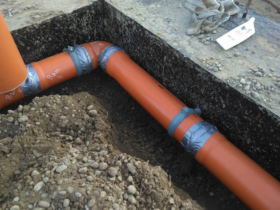
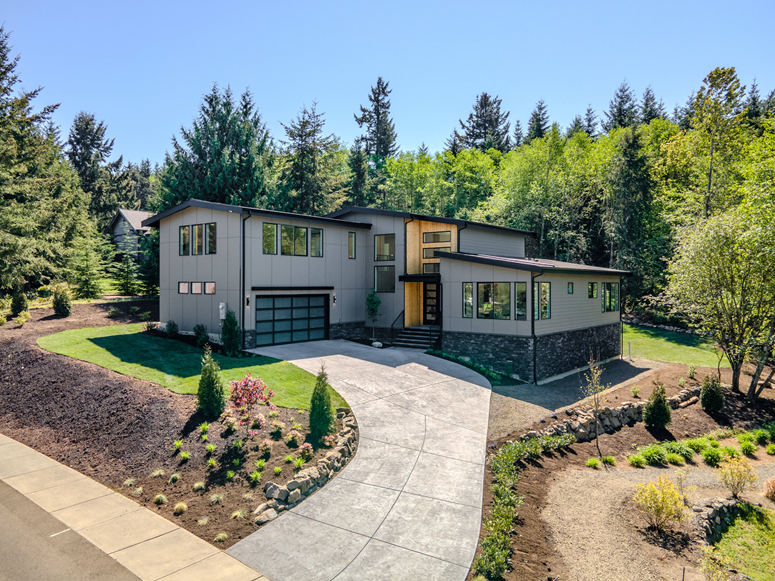

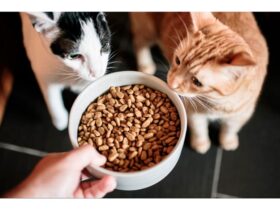

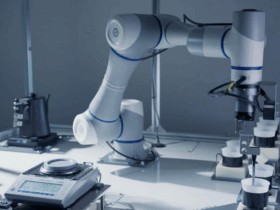
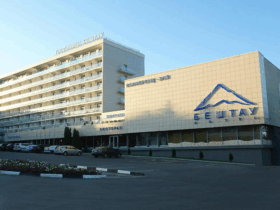
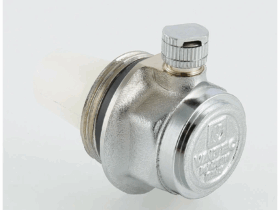
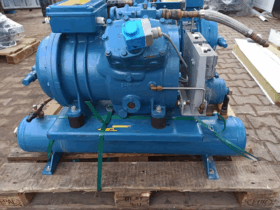
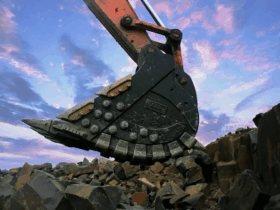
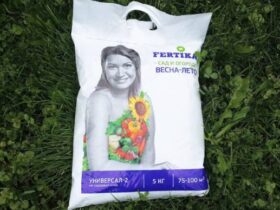
Оставить ответ